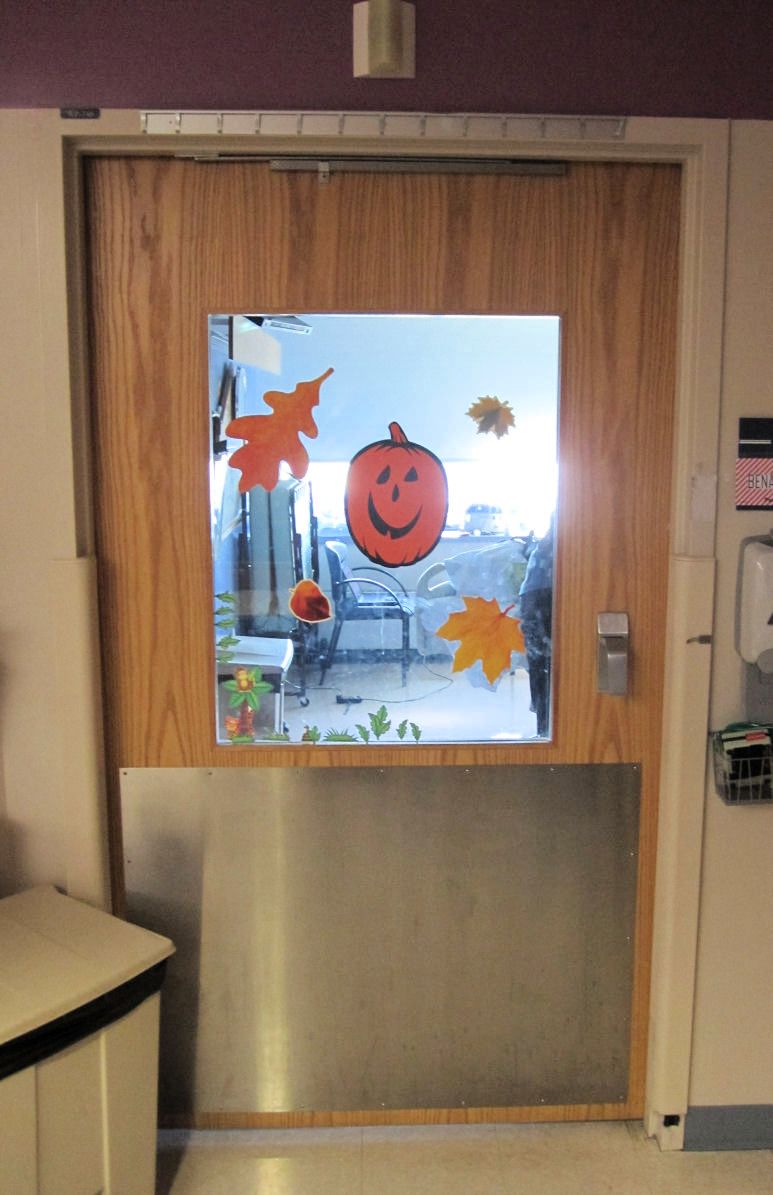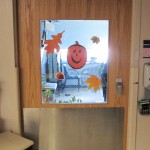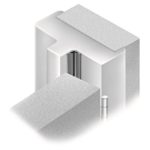 Corridor doors in health care facilities – like those leading to patient rooms – serve a very important purpose. If a fire occurs, closed and latched corridor doors will help to protect patients in their rooms from the smoke and flames. In this post I have answered some of the most frequently-asked questions regarding corridor doors in health care facilities. For simplicity, I have referred to patient room doors, but there are other corridor doors that are subject to the same requirements, such as exams rooms and offices.
Corridor doors in health care facilities – like those leading to patient rooms – serve a very important purpose. If a fire occurs, closed and latched corridor doors will help to protect patients in their rooms from the smoke and flames. In this post I have answered some of the most frequently-asked questions regarding corridor doors in health care facilities. For simplicity, I have referred to patient room doors, but there are other corridor doors that are subject to the same requirements, such as exams rooms and offices.
Is a corridor door leading to a hospital patient room required to be a fire door assembly?
Current codes do not require most corridor doors in health care facilities to be fire door assemblies and do not require compliance with NFPA 80 – Standard for Fire Doors and Other Opening Protectives. There are some exceptions where a fire rating would be required, for example, where a door serves an exit enclosure (i.e. stairwell), or a hazardous area or incidental use area. Incidental use areas may include laundry rooms over 100 square feet in size, laboratories, some waste and linen collection rooms, some electrical/mechanical rooms, and similar areas. When fire door assemblies are required for these rooms, the doors must meet the requirements of NFPA 80. Patient rooms and other spaces that are not considered hazardous areas are not required to have fire door assemblies.
Are health care patient room doors required to be self-closing or automatic-closing?
There was a time when the model codes required self-closing or automatic-closing doors for these rooms, but current codes do not. This change was made to the codes because of the increased requirements for automatic fire sprinkler systems in health care facilities. The intent is that hospital staff will close patient room doors manually if a fire occurs.
Are these doors required to have positive-latching hardware?
The model codes do require positive-latching hardware on corridor doors in health care facilities. Although NFPA 101 allows roller latches for existing health care facilities under certain circumstances, roller latches are not permitted by the Centers for Medicare and Medicaid Services (CMS). It’s important to note that on pairs of doors, NFPA 101 specifically requires both leaves to have positive-latching hardware, so it is not acceptable to have manual flush bolts on the inactive leaf of a pair of corridor doors – even if the doors are serving a room not normally occupied by people (this is sometimes permitted by NFPA 80 in other occupancies).
Is gasketing required for non-fire-rated corridor doors in health care occupancies?
The model codes require these doors to provide an effective barrier to limit the transfer of smoke. However, there is currently no requirement in the model codes for these doors to have limited airflow when tested in accordance with UL 1784 – Air Leakage Tests of Door Assemblies. The model codes require minimal clearances for these corridor doors, but do not specifically mandate gasketing which would be needed in order to comply with UL 1784.
Where are these door openings addressed in the model codes?
In the 2021 edition of the IBC these doors are covered in Section 407.3.1 – Corridor Doors. In the 2021 edition of NFPA 101, the occupancy chapters for health care address the specific requirements for these openings. For new health care occupancies, refer to Section 18.3.6.3 and for existing – 19.3.6.3. For other editions of these codes you can search for the term “corridor doors.”
For more information on this topic, refer to this article – Decoded: Corridor Doors in Health Care Occupancies.
Previous posts in this series of FAQs include:
- Decoded: FAQs on Fire Door Requirements for Health Care Facilities
- FAQs about Controlled Egress Locks in Health Care Facilities
If you have other questions that you’d like to see covered in future FAQ posts, leave a comment!
You need to login or register to bookmark/favorite this content.









We have 20 min fire doors with the correct hardware at our skilled nursing facility. The one thing CMS will do when they survey the building is check the latching of the doors. And I have only used gasketing on the doors if the gap is over 1/8 in. If you do this be sure to get the correct fire rated gasketing and keep the information the came with the product.
“It’s important to note that on pairs of doors, NFPA 101 specifically requires both leaves to have positive-latching hardware, so it is not acceptable to have manual flush bolts on the inactive leaf of a pair of corridor doors – even if the doors are serving a room not normally occupied by people (this is sometimes permitted by NFPA 80 in other occupancies).”
NFPA 101 (2012) Section 18.3.6.3.8 Corridor doors utilizing an inactive leaf shall have automatic flush bolts on the inactive leaf to provide positive latching.
My interpretation is that flush bolts are explicitly allowed.
Yes – automatic flush bolts are allowed, but not manual flush bolts.
– Lori